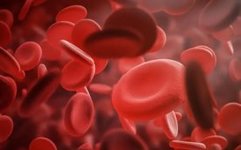
Is Anemia Equivalent to Blood Deficiency?
Ms. Wang recently visited a TCM practitioner due to insomnia, dizziness, and delayed menstruation. The doctor diagnosed her with 血虚 (xuè xū, Blood Deficiency) and prescribed a blood-nourishing formula. The next day, she went to a Western hospital for a routine blood test, and the results showed that her hemoglobin and red blood cell counts were within normal ranges, indicating no anemia.
Ms. Wang is confused by the differing opinions of TCM and Western medicine. What is going on?
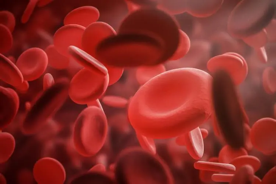



01
Are Blood Deficiency and Anemia the Same Thing?
Ms. Wang’s confusion stems from a lack of understanding of the concepts of 血虚 (xuè xū, Blood Deficiency) and 贫血 (pín xuè, Anemia).
These two concepts may sound similar, but they are not the same. “Blood Deficiency” is a term used in TCM, while “Anemia” is a term used in Western medicine. Due to the differing theoretical frameworks of TCM and Western medicine, the understanding and definitions of these two concepts vary.
02
What are the Diagnostic Criteria for Blood Deficiency and Anemia?
In TCM, the diagnosis of Blood Deficiency is made through observation of clinical manifestations.
If a person has a pale or sallow complexion, pale lips, tongue, or nails, experiences dizziness, palpitations, vivid dreams, numbness in the hands and feet, and has a thin and weak pulse, they may be diagnosed with 血虚 (xuè xū, Blood Deficiency). Female patients may also present with scanty, pale menstruation, delayed menstruation, or amenorrhea.
Not all symptoms need to be present, but the more symptoms present, the stronger the support for the diagnosis of Blood Deficiency.
In Western medicine, the diagnosis of Anemia is determined through routine blood tests.
Anemia is not an independent disease but a clinical syndrome characterized by a reduction in the volume of peripheral blood red blood cells below the normal lower limit due to various causes.
In China, the diagnostic criteria for Anemia are a hemoglobin level below 120 g/L for adult males and below 110 g/L for adult females, with hematocrit levels below 42% and 37%, respectively.
03
Does a Person with Blood Deficiency Always Have Anemia?
As can be seen, Blood Deficiency and Anemia are determined differently; the former is based on clinical manifestations, while the latter is based on blood test indicators.
In clinical practice, patients diagnosed with Blood Deficiency by TCM may or may not have Anemia; conversely, patients diagnosed with Anemia by Western medicine may exhibit symptoms of Blood Deficiency or belong to other TCM patterns, such as 阴虚 (yīn xū, Yin Deficiency), 血热 (xuè rè, Blood Heat), or 气虚 (qì xū, Qi Deficiency).
Therefore, the connotations of Blood Deficiency and Anemia are different; they are related yet distinct.
04
What are the Differences in Prevention and Treatment for Anemia and Blood Deficiency? Does a Deficient Person Always Have Anemia?
Although the symptoms of TCM Blood Deficiency and Western Anemia have similarities, the clinical differentiation and treatment approaches are entirely different.
When discussing Blood Deficiency, it is essential to consider 气虚 (qì xū, Qi Deficiency) as well. Blood is the mother of Qi, and Qi is the commander of Blood; Qi generates Blood, and Blood flows with Qi. The relationship between Qi and Blood is interdependent and mutually supportive.
Qi and Blood nourish the organs and the entire body through the meridians; under pathological conditions, Qi and Blood can also influence each other, leading to conditions such as 气血两虚 (qì xuè liǎng xū, both Qi and Blood Deficiency), 气不摄血 (qì bù shè xuè, Qi failing to control Blood), 气随血脱 (qì suí xuè tuō, Qi escaping with Blood), and 气滞血淤 (qì zhì xuè yū, Qi stagnation and Blood stasis). Therefore, a simultaneous treatment of Qi and Blood is often required.
The treatment of Anemia depends on the specific situation. If it is iron-deficiency anemia, treatment should be based on addressing the underlying cause, with symptomatic treatment as a supplement, using iron supplements (ferrous sulfate, iron dextran, ferrous succinate), vitamin C, folic acid, and TCM blood-nourishing agents (such as 血康 (xuè kāng, Xue Kang), 血尔口服液 (xuè ěr kǒu fú yè, Xue Er Oral Liquid)), erythropoietin, and blood transfusions (whole blood, red blood cells, platelets, plasma).
If it is due to blood loss, trauma, bone marrow dysfunction, or chronic disease, treatment may involve hormones, immunosuppressants, stem cell therapy, or bone marrow transplantation to improve or cure the condition.

References:
[1] Luo Hui. Is Blood Deficiency the Same as Anemia? [J]. TCM Health and Wellness, 2022, 8(01): 53.
[2] Yin Bing. Blood Deficiency ≠ Anemia [J]. Family Medicine (Happy Health), 2013(03): 50-51.
Text by: Su Xiaoyan Edited by: Su Xiaoyan Proofread by: Zhang Xiaolei
If there are any improper uses, please feel free to contact us.
Previous Recommendations:
◆ World Parkinson’s Day | Learn Five Animal Play to Prevent Parkinson’s
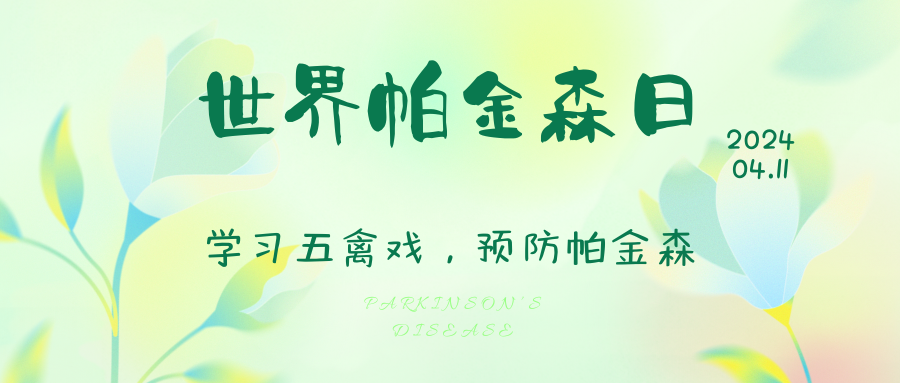
◆ How Did Ancient People Maintain Long, Flowing Hair?
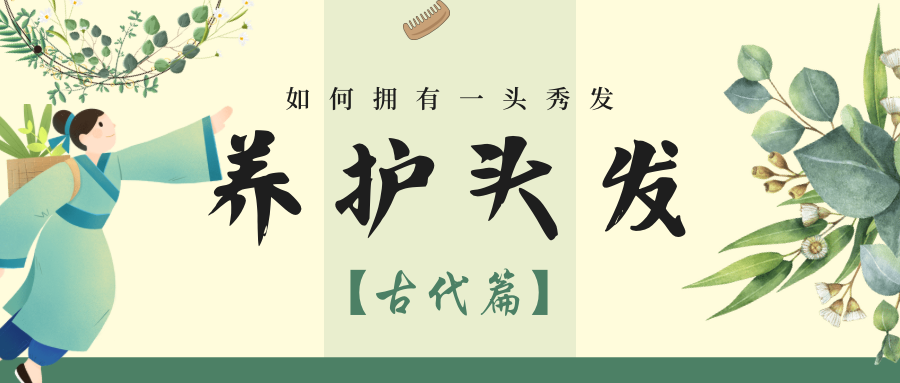
◆ Look Again! You Will Get Eye Needles!
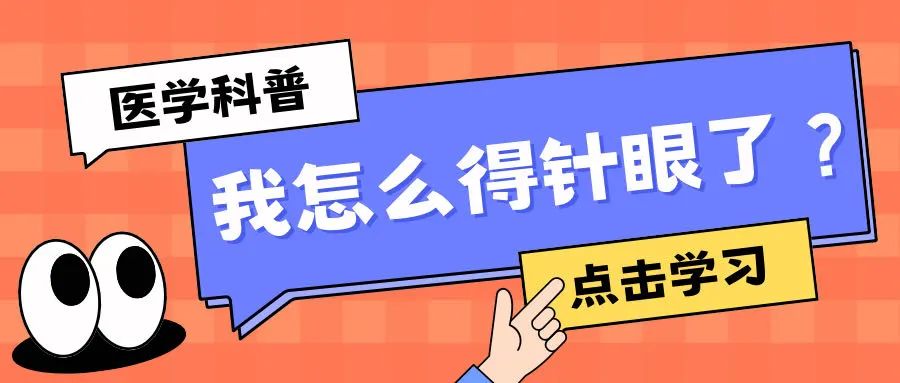
Step One: “Like👍”
Step Two: Light Up “Looking ”
”
Share with friends to reach more partners 



